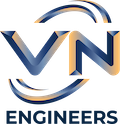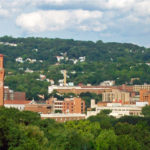New York
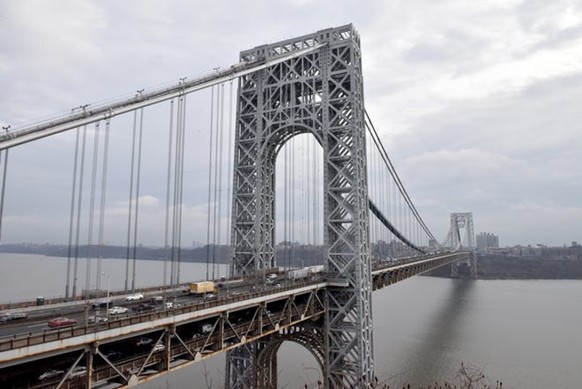
George Washington Bridge Capital and Operating Construction Program for 2015-2024 New York and New Jersey
This estimated $1.03 billion state-of-good-repair and improvement project will replace the bridge’s 592 suspender ropes, rehabilitate all of the span’s main cables, replace the north and south sidewalks, and provide enhanced pedestrian and bicycle access ramps at the world’s busiest vehicular crossing. As part of the project, construction crews will install state-of-the-art smart bridge technology on key elements of the span, including the new suspender ropes, to monitor their condition and warn engineers of any changes before they become a problem. The new suspender ropes also will be fitted with modern sockets with a connection point at the top of the beam. This keeps the socket cleaner and makes it easier to maintain, resulting in a longer life cycle. Additional elements of the project include replacement of roadway lighting on the main span, new sidewalk lighting on the main span, and replacement of necklace lighting with a new energy-efficient programmable LED light system. Cyclists and pedestrians will see significant improvements to their travel across the span. The current pedestrian sidewalks and access points on both sides of the George Washington Bridge will be completely reconstructed and access ramps will be built to ensure compliance with the Americans with Disabilities Act. VN’s responsibilities include estimating and construction engineering and inspection services and is a subconsultant to Greenman Pedersen Inc. for the Port Authority of NY and NJ
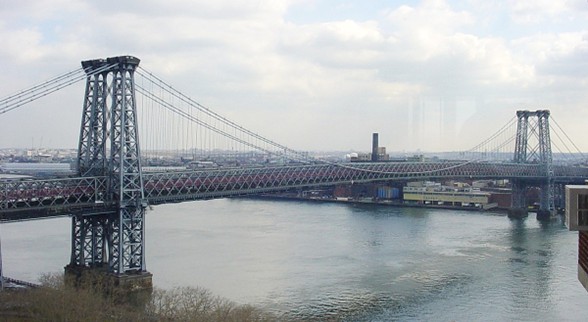
Total Design & Construction Support Services for the Rehabilitation of Williamsburg Bridge, Borough of Manhattan and Brooklyn
The Williamsburg Bridge carries four two-lane vehicular roadways, a south roadway (inner and outer) and north roadway (inner and outer), with two rapid transit tracks (J, M, and Z subway lines) sandwiched in between them. A walkway and a bikeway also run across the bridge. The project limits shall be Clinton Street in Manhattan and Roebling Street in Brooklyn. The scope of work for Final Design is the result of the 2018-2020 inspection, the Preliminary Design Phase (including the Value Engineering Process), and the project’s Design Approval Document. The Scope of Work for CSS includes, but is not limited to: Structural Steel Rehabilitation, Rehabilitation of the hangers supporting the NYCT subway tracks, Floorbeam and Bottom Chord Rehabilitation, Removal and Replacement of Anchorage Modular Expansion Joint, Replacement of The Approach Bearings, Seismic Retrofit to Include Rehabilitation of Bottom Laterals, Top Laterals, and Overhead Truss Longitudinal Bracing, Rehabilitation of Transit Stringers, Hangars and Ancillary Structures, Rehabilitation of Intermediate Towers and the End Portal at PP0W In addition, the scope of work includes the Repair of Concrete Fascia on the Manhattan Approach and Brooklyn Approach, replacement of Modular Expansion Joints on Manhattan and Brooklyn Approaches, Flag and Incidental Repairs, Truss Diagonal and Gusset Plate Rehabilitation, Rehabilitation of approach pavement and bridge decks, Replacement of the Bridge’s Fire Protection System, Repairs to utility fixation hardware, and Incidental painting related to repair areas and new steel components .
VN’s responsibilities included reviewing and approving the shop and working drawings of the construction Contractor’s procedures and practices, such that Shop Drawings and Erection Drawings conform to the Plans, Specifications, and requirements of the Contract and to good construction practice. Shop drawings are expected for both structural and non-structural work items.
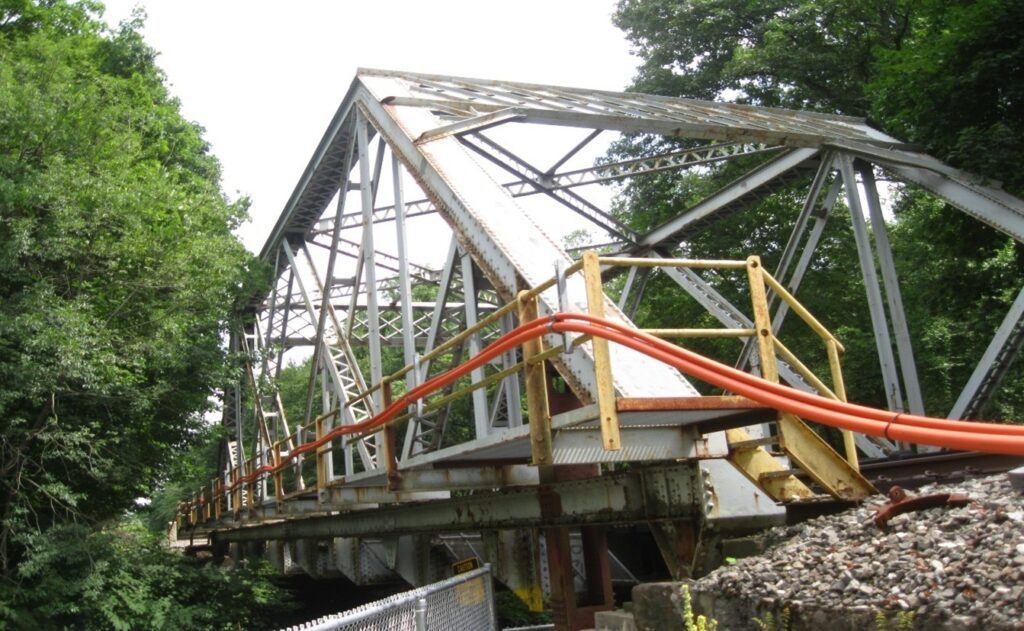
Harlem Line Truss Bridges
Westchester County, NY
VN Engineers, Inc. is supporting HDR under the MTA Design Services contract to prepare Design-Build documents for the Harlem Line Truss Bridges. VN is responsible for early-stage engineering services, including data collection, inspections, field surveys, and utility coordination.
Key Responsibilities:
- Conducted inspections of five drainage structures at HA19.35 and four at HA14.57 for general condition assessment.
- Performed data collection and field surveys to support 30% design quantity development.
- Identified and coordinated existing utilities within the project limits, including development of a utility coordination plan.
- Participated in Conceptual Design Report development and related meetings.
- Conducted three site visits to assist in preparing utility base technical concept (BTC) plans.
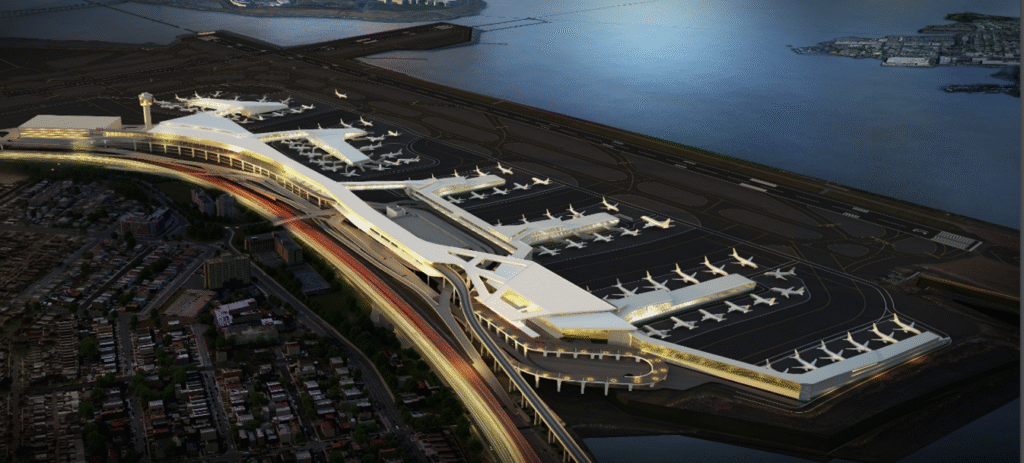
American Airlines FCU LaGuardia MOT Design, NY
This is a telecommunications improvement project for the LaGuardia Airport.
VN’s responsibilities involved the Maintenance of Traffic Plans to provide manhole access in Runway Drive to allow for telecommunicaiots work adjacent to Terminals 3 and 5 at LaGuardia Aribort.
